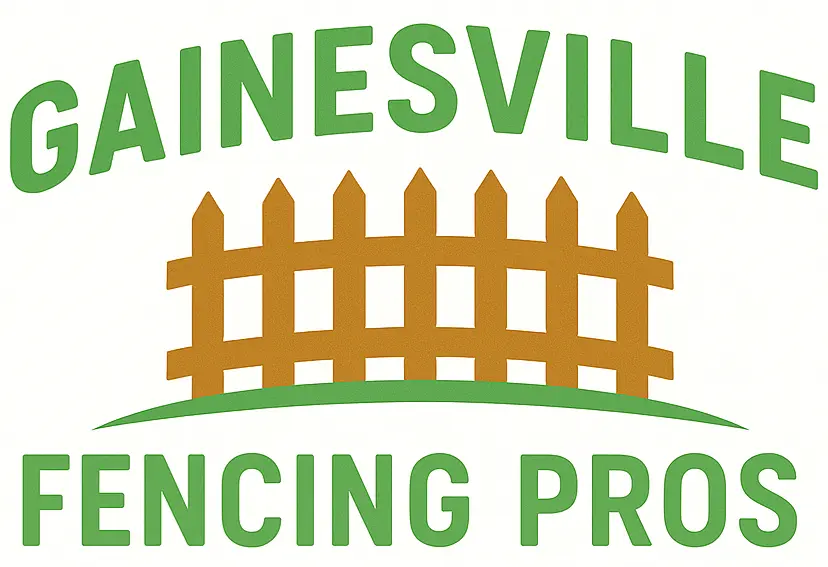Aluminum fence installation is the process of setting up a durable, rust-resistant fencing system made from lightweight aluminum. This type of fencing is popular for residential, commercial, and poolside applications due to its clean appearance and low maintenance needs. Homeowners and contractors alike appreciate aluminum fence installation for its balance of aesthetics, security, and longevity.
If you’re looking for a stylish yet functional perimeter solution, Our trusted aluminum fence installers Gainesville FL offers a practical alternative to wood or wrought iron.
What Tools You Will Need for Aluminum Fence Installation
Before starting aluminum fence installation, gather the following tools:
- Post Hole Digger or Auger: To dig uniform holes for fence posts.
- Measuring Tape: Essential for layout accuracy and spacing consistency.
- Level: Ensures posts and panels are perfectly vertical.
- String Line and Stakes: Helps align the fence path straight.
- Rubber Mallet: Useful for tapping panels or posts into place without damage.
- Power Drill or Screwdriver: For attaching fence panels and post caps.
- Concrete Mix: Secures posts firmly into the ground.
- Shovel: For adjusting hole depth and mixing concrete.
- Safety Glasses and Gloves: Protects hands and eyes during installation.
Checklist: What to Prepare Before Aluminum Fence Installation
To streamline your aluminum fence installation, prepare the following:
- Check Local Zoning and Permits
- Verify property lines.
- Obtain necessary fencing permits.
- Verify property lines.
- Mark Utility Lines
- Call 811 or local utility services to locate underground lines.
- Call 811 or local utility services to locate underground lines.
- Purchase All Fence Materials
- Fence panels, posts, gates, and hardware.
- Fence panels, posts, gates, and hardware.
- Site Inspection and Cleanup
- Remove any rocks, shrubs, or debris in the fence path.
- Remove any rocks, shrubs, or debris in the fence path.
- Plan Post Spacing
- Measure and mark post positions accurately.
- Measure and mark post positions accurately.
How Aluminum Fence Installation Is Done
Aluminum fence installation typically follows these steps:
- Layout the Fence Line
- Use string and stakes to outline the perimeter.
- Use string and stakes to outline the perimeter.
- Dig Post Holes
- Holes should be uniform in depth and diameter, typically 6–8 inches wide and 2 feet deep.
- Holes should be uniform in depth and diameter, typically 6–8 inches wide and 2 feet deep.
- Set Posts in Concrete
- Place each post, ensure it’s level, and fill the hole with mixed concrete.
- Place each post, ensure it’s level, and fill the hole with mixed concrete.
- Attach Fence Panels
- Once concrete sets, connect panels using brackets or screws.
- Once concrete sets, connect panels using brackets or screws.
- Install Gates and Accessories
- Fit gate hardware and test movement and alignment.
- Fit gate hardware and test movement and alignment.
- Final Inspection and Adjustments
- Ensure everything is secure and aligned.
- Ensure everything is secure and aligned.
Safety and Access Tips for Aluminum Fence Installation
Safety is key when completing aluminum fence installation:
- Wear Gloves and Eye Protection
- Avoid injuries from sharp edges or flying debris.
- Avoid injuries from sharp edges or flying debris.
- Clear the Work Zone
- Remove pets, children, and obstacles from the area.
- Remove pets, children, and obstacles from the area.
- Use Proper Lifting Techniques
- Aluminum panels can be large; lift with your legs, not your back.
- Aluminum panels can be large; lift with your legs, not your back.
- Stay Aware of Weather Conditions
- Avoid working in wet or windy conditions to prevent accidents.
- Avoid working in wet or windy conditions to prevent accidents.
Post-Service Maintenance for Aluminum Fence Installation
Once your aluminum fence installation is complete, follow these care tips:
- Inspect Seasonally
- Check for loose screws, leaning posts, or scratched surfaces.
- Check for loose screws, leaning posts, or scratched surfaces.
- Clean with Mild Soap and Water
- Rinse off dirt and grime to maintain its finish.
- Rinse off dirt and grime to maintain its finish.
- Touch Up Paint as Needed
- Use manufacturer-recommended paint to cover chips.
- Use manufacturer-recommended paint to cover chips.
- Lubricate Gate Hinges Annually
- Prevent squeaking and wear with regular maintenance.
- Prevent squeaking and wear with regular maintenance.
Regional Tips for Aluminum Fence Installation in Florida
In Florida, consider these local insights for aluminum fence installation:
- Choose Powder-Coated Panels
- They resist humidity and salt air corrosion.
- They resist humidity and salt air corrosion.
- Plan Around Hurricane Season
- Schedule installation in drier months to avoid weather delays.
- Schedule installation in drier months to avoid weather delays.
- Comply with HOA and City Regulations
- Florida neighborhoods may have height or style restrictions.
- Florida neighborhoods may have height or style restrictions.
Conclusion: Why an Aluminum Fence Installation Checklist Helps
Using a detailed checklist for aluminum fence installation ensures no step is missed, from permits to post-setting. It helps you budget accurately, gather materials, and avoid rework. Whether you’re hiring professionals or going DIY, a checklist keeps the project on track and stress-free.
FAQ: About Aluminum Fence Installation
Posts should typically be set 24 inches deep in concrete for stability.
No, aluminum fences are rust-resistant, making them ideal for humid or coastal areas.
Yes, aluminum fence panels can be racked or stepped to follow the terrain.
For an average yard, installation takes 1–3 days depending on weather and crew size.
Yes, most areas in Florida require a permit before fence installation. Always check local codes first.
